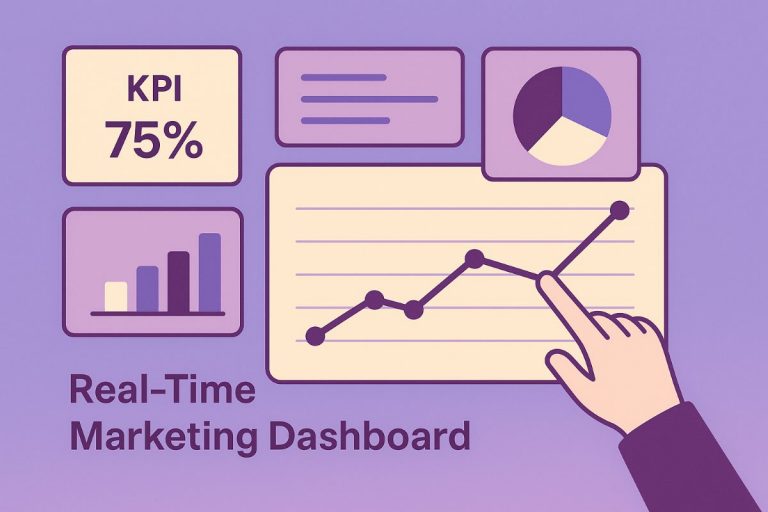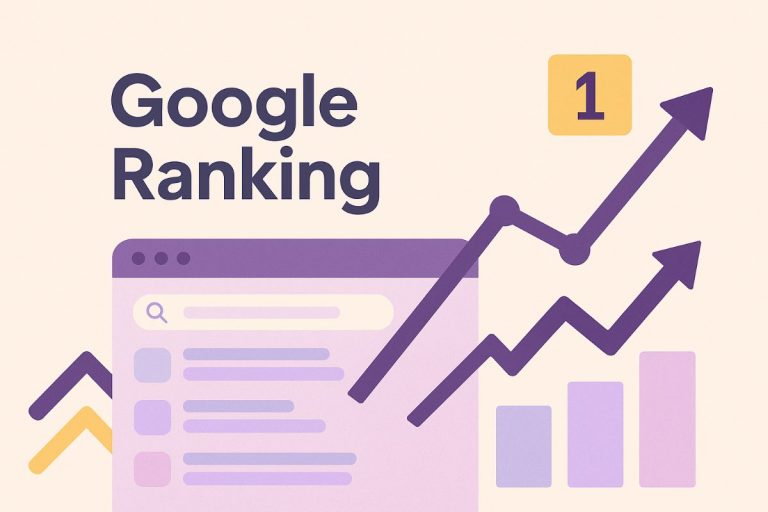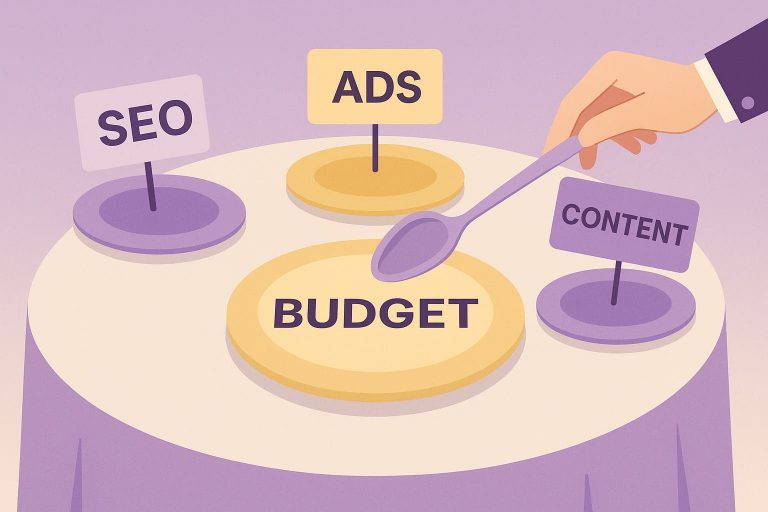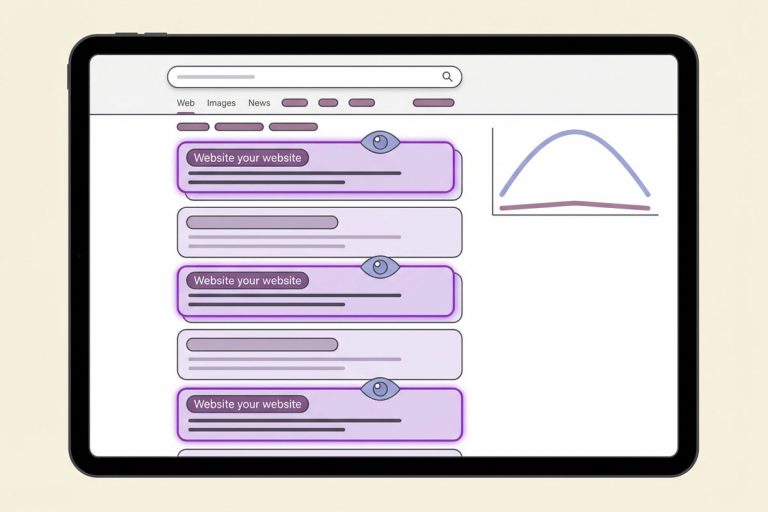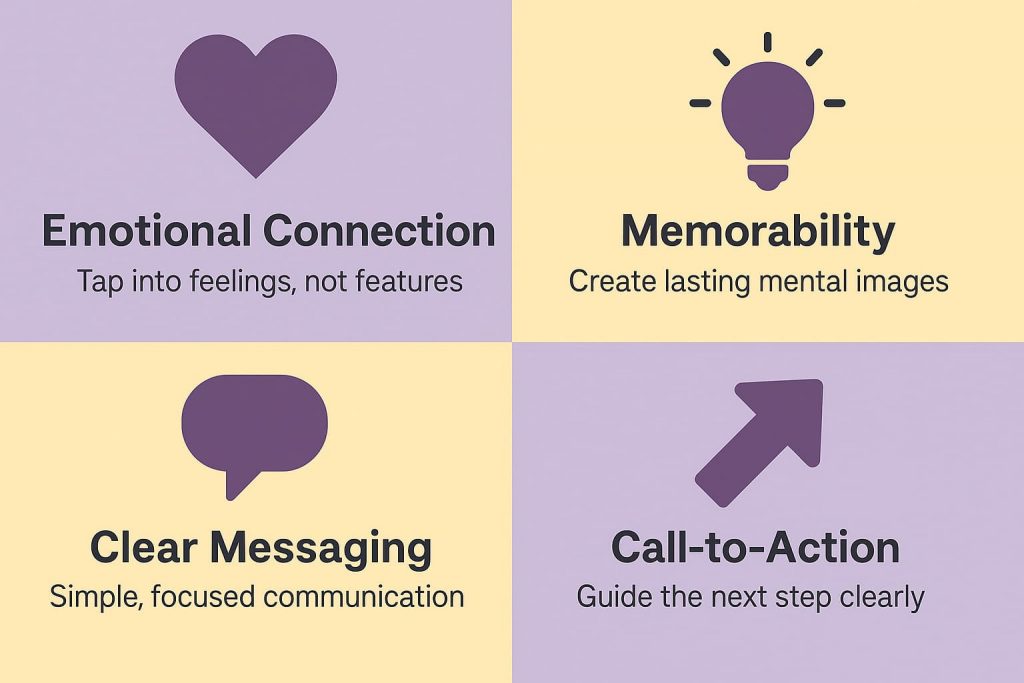
- Understanding What Makes an Advertisement Truly Effective
- Different Types of Advertisements Across Media Channels
- Print Advertisement Examples That Redefined Marketing Standards
- Television Advertisement Examples That Became Cultural Phenomena
- Digital Advertisement Examples That Drove Extraordinary Results
- Outdoor Advertisement Examples With Extraordinary Impact
- Experiential Marketing and Interactive Advertising Campaigns
- What Makes an Advertising Campaign Successful
- How to Create Your Own Memorable Advertising Campaign
- Final Thoughts: Strategic Insights from Advertising Excellence
- FAQs
A single 30-second commercial during the 1984 Super Bowl completely transformed how we think about technology marketing. Similarly, a tweet posted during a blackout generated millions in earned media value within minutes. These aren’t just lucky accidents — they are the result of strategic brilliance that separates legendary campaigns from the everyday noise cluttering our feeds.
After analyzing hundreds of successful campaigns across various industries over the years, marketing professionals have identified consistent patterns that separate industry leaders from the competition. The best advertisements of all time don’t just sell products; they create cultural moments, shift perceptions, and sometimes even change entire industries.
Whether you’re crafting your next viral campaign or studying what makes advertising truly exceptional, understanding these proven principles can transform your marketing approach from mediocre to memorable.
Understanding What Makes an Advertisement Truly Effective
Let’s be honest — most advertising fails because it tries to be everything to everyone. Through strategic analysis of thousands of ad campaigns, consistent patterns have emerged in the most successful examples. The winners share four critical elements: emotional connection, memorability, clear messaging, and a compelling call to action.
Effective advertising taps into human psychology before product features. Think about Nike’s “Just Do It” — three words that communicate empowerment without mentioning shoes. Or Volkswagen’s “Think Small,” which turned a perceived weakness into strength. These campaigns understand that storytelling beats specifications every time.
The framework for evaluating advertising effectiveness isn’t complex, but execution requires discipline. Your brand messaging must cut through noise in seconds, not minutes. Emotional marketing creates bonds that transcend transactions. When someone remembers your ad six months later, you’ve achieved something special. The difference between campaigns that work and those that win? Strategic precision combined with creative courage.
The Psychology Behind Memorable Advertisements
Your brain is hardwired to forget 90% of what it sees. So how do certain advertisements stick for decades? The answer lies in understanding advertising psychology and memory triggers. Memorable campaigns use pattern interruption — they challenge expectations like Apple positioning itself as the rebel against IBM’s corporate dominance.
Consumer behavior research reveals that emotional intensity drives recall. When Old Spice created “The Man Your Man Could Smell Like,” they weren’t selling deodorant — they were selling transformation through humor. This cognitive dissonance creates mental bookmarks. Campaigns triggering multiple emotions simultaneously achieve 65% higher brand recall than those focusing solely on features.
The most powerful emotional marketing connects your brand with specific feelings and contexts. Humor increases sharing by 43%. Nostalgia drives 38% higher purchase intent. Inspiration creates 52% stronger brand loyalty. Master these psychological principles, and you’ll transform one-time viewers into lifetime customers.
Different Types of Advertisements Across Media Channels
Every medium demands its own strategy. Television advertising offers emotional storytelling through sight and sound.
Print advertising relies on striking visuals and clever copywriting. Online advertising leverages targeting precision and interactivity. Radio advertising paints mental pictures through voice and imagination. Billboard advertising requires instant comprehension — drivers have three seconds to absorb your message.
Native advertising blends into content streams, requiring subtlety over shock. Outdoor advertising maximizes physical presence and environmental context. The magic happens when you match a message to medium. A complex story needs video. A simple message works on billboards. Digital enables real-time optimization impossible in traditional media.
Understanding these nuances transforms good campaigns into great ones. Choose your media channels based on where your audience lives and how they consume content. Then craft messages that leverage each medium’s unique strengths.
| Type | Strength | Best For | Cost Range |
|---|---|---|---|
| Television | Mass reach, emotional impact | Brand awareness | $5K-500K+ |
| Targeted, credible | B2B, luxury | $500-50K | |
| Digital | Precise targeting | Lead generation | $100-100K+ |
| Outdoor | Location-based | Local awareness | $750-30K |
Print Advertisement Examples That Redefined Marketing Standards
Print advertising faces unique challenges — no movement, no sound, just pure visual impact and copywriting brilliance. Yet some print campaigns achieved lasting cultural impact by breaking conventions and maintaining consistency. These examples prove that in our digital world, print’s permanence creates connections that fleeting impressions cannot match.
The most effective print advertisements use white space strategically, typography that reinforces personality, and copy that respects intelligence while maintaining clarity. They guide the eye naturally through visual hierarchy. Color psychology triggers specific emotional responses. Every element serves a purpose.
- Visual hierarchy guides natural eye movement
- Strategic white space creates sophistication
- Typography reinforces brand personality
- Color psychology triggers emotional responses
- Copy respects reader intelligence
Volkswagen's "Think Small" – The Campaign That Challenged Conventions
In 1960s America, where chrome-covered boats dominated highways, Volkswagen dared to celebrate smallness. The revolutionary “Think Small” campaign showed a tiny Beetle floating in vast white space. No glamorous lifestyle shots. No feature lists. Just self-deprecating honesty that broke every automotive marketing rule.
This approach worked because it aligned with emerging counter-culture values. The campaign spoke to intelligent consumers tired of manipulative advertising. By embracing minimalism in copywriting and design, it established principles still taught today. U.S. sales jumped from 150,000 to over 500,000 vehicles annually.
The lesson? When everyone shouts, whisper. When competitors complicate, simplify. This contrarian brand positioning creates memorable differentiation. Similar strategies help brands stand out by zigging when others zag.
Absolut Vodka's Bottle Campaign – Building Recognition Through Consistency
For 25 years, Absolut ran 1,500+ print advertisements featuring their distinctive bottle shape. Each execution presented the bottle creatively — Absolut cities, Absolut art, Absolut everything. It was an exercise in brand recognition through relentless consistency.
The strategic focus on the bottle rather than lifestyle imagery created instant recognition. The two-word headline always started with “Absolut.” This print campaign consistency built cumulative impact where each ad reinforced thousands before it. Result? Absolut captured 50% of the imported vodka market from obscurity.
Professional analysis reveals how visual consistency strengthens recognition over time. While competitors changed campaigns seasonally, Absolut’s long-term commitment created unshakeable equity. Find your distinctive asset and protect it fiercely.
KFC's "FCK" – Turning Crisis Into Opportunity
When KFC ran out of chicken in 2018, they responded with humorous advertising that transformed disaster into authenticity. The print ad simply rearranged their bucket letters to spell “FCK” with a genuine apology. This crisis management moment became textbook brand communication.
Rather than corporate speak, KFC used self-deprecating humor that humanized the brand. The response generated millions in positive media coverage. Consumers actually praised their handling of the situation. Transparency and humor, balanced correctly, can turn your worst day into your best marketing moment.
Television Advertisement Examples That Became Cultural Phenomena
Television combines sight, sound, and motion to create emotional experiences impossible elsewhere. Certain TV commercials transcended their 30-second slots to become permanent cultural fixtures. They achieved this through perfect synthesis of message, moment, and medium — sparking conversations beyond their broadcast.
Analysis reveals that cultural impact comes from emotional resonance, not media spend alone. These campaigns understood their audience’s values and spoke to aspirations beyond products.
| Campaign | Reach | Estimated Budget | Cultural Impact |
|---|---|---|---|
| Apple's "1984" Super Bowl Ad | Global, aired during Super Bowl 1984 | ~$1.5 million (for ad) | Revolutionized tech advertising, cemented Apple's brand identity, and became a cultural touchstone for its bold narrative. |
| Coca-Cola's "Share a Coke" | Global, major markets worldwide | ~$50 million (initial) | Created a global personalization trend, deepened emotional brand connection, and led to significant sales growth. |
| Nike's "Just Do It" | Global, across TV and digital | ~$300 million (campaign total) | Became an iconic slogan, redefining Nike’s brand as empowering and aspirational, influencing marketing globally. |
| Old Spice's "The Man Your Man Could Smell Like" | Primarily North America, viral global spread | ~$6 million (initial ad) | Transformed Old Spice’s brand image, going viral and setting new standards for humorous, viral advertising. |
Apple's "1984" – The Commercial That Changed Super Bowl Advertising
Ridley Scott’s dystopian Apple 1984 commercial didn’t show the Macintosh computer. Instead, an athletic woman destroys Big Brother’s screen, positioning Apple as a liberator from IBM’s dominance. This $900,000 investment generated $155 million in sales within 100 days.
The historical context matters: computers were becoming mainstream, but advertising focused on specifications. Apple chose rebellion and creativity — values defining their brand for decades. They knew their audience valued thinking differently more than processing speeds.
Nike's "Just Do It" – Creating a Slogan That Defined a Brand
Three words. Endless possibilities. Nike’s 1988 campaign crystallized a philosophy driving decades of inspirational advertising. The first commercial featured 80-year-old marathoner Walt Stack, establishing this wasn’t about elite performance but universal potential.
The slogan’s genius lies in flexibility. “Just Do It” works for Olympians and weekend warriors, for workouts or career changes. Consistent application across all touchpoints transformed Nike from shoe company to lifestyle brand. Sales exploded from $877 million to $9.2 billion in ten years.
Modern marketing requires more than bold ideas — it calls for a structured approach that blends time-tested psychological strategies with today’s digital tools. Lead Craft has developed methodologies that integrate seamlessly into everyday marketing processes, helping companies strengthen their impact and improve the return on advertising investments.
Old Spice's "The Man Your Man Could Smell Like" - Revitalizing a Brand Through Humor
Isaiah Mustafa’s bare-chested journey through impossible scenarios transformed Old Spice from grandfather’s aftershave into viral sensation. The campaign brilliantly targeted women — who purchase 60% of men’s grooming products — while entertaining men through absurdist humor.
Within six months, Old Spice became #1 in men’s body wash. Sales increased 107%. The campaign proved brand revitalization doesn’t require abandoning heritage — it requires understanding cultural shifts. Old Spice updated their narrative from sailor to adventurer, from traditional to confident absurdity.
Digital Advertisement Examples That Drove Extraordinary Results
Digital advertising enables unprecedented targeting, real-time optimization, and measurable results. Successful digital campaigns leverage platform features while maintaining authentic voices. They understand engagement requires value — entertainment, information, utility — not interruption.
Oreo's "Dunk in the Dark" – The Tweet That Changed Real-Time Marketing
During 2013’s Super Bowl blackout, Oreo posted: “Power out? No problem. You can still dunk in the dark.” This real-time marketing generated 15,000 retweets and established new expectations for brand responsiveness.
Oreo assembled a 15-person team empowered to approve content instantly. When lights failed, they published within minutes. The tweet generated earned media worth exponentially more than paid placements. Agility beats budget in social media advertising.
Identify potential moments, establish rapid approval chains, and maintain an authentic voice under pressure. Investment in readiness pays dividends when opportunity strikes.
Dollar Shave Club's Viral Video – Disrupting an Industry Through Content
$4,500 budget. One day shooting. 27 million views. Dollar Shave Club’s launch video proved viral marketing depends on authenticity, not production value. CEO Michael Dubin’s deadpan “Our blades are f***ing great” became the template for disruptive advertising.
The video addressed real frustrations — overpriced razors, complicated purchasing — with straightforward solutions. Within 48 hours, 12,000 orders crashed their website. Five years later, Unilever paid $1 billion. Content quality trumps media spend when you understand audience pain points.
Outdoor Advertisement Examples With Extraordinary Impact
Outdoor advertising transforms physical spaces into brand experiences. You can’t skip billboards or close pop-ups. This captive audience creates opportunities for environmental marketing that static messages cannot achieve. Unique advantages of outdoor advertising compared to other media:
- High Visibility: Outdoor ads are typically displayed in high-traffic areas, ensuring broad exposure to a diverse audience.
- 24/7 Exposure: Billboards and other outdoor formats are visible at all hours, providing continuous visibility without the limitations of time slots or programming schedules.
- Mass Reach: Outdoor advertising can reach large, diverse audiences across different demographics, including those who may not engage with digital or broadcast media.
- Geographical Targeting: Allows for precise location-based targeting, ideal for regional or localized marketing campaigns.
- Simplicity & Impact: With limited space and a brief viewing time, outdoor ads often deliver a clear, memorable message, fostering strong brand recall.
- Less Ad Clutter: Unlike digital or TV media, outdoor advertising typically faces less competition from other ads in the same space.
- Complementary to Other Media: Outdoor ads work well in conjunction with digital, print, and broadcast advertising to reinforce a consistent message.
- Creative Flexibility: Billboards, transit ads, and posters offer ample space for creative, visually engaging campaigns that can stand out in public spaces.
- Tangible and Persistent Presence: Physical ads remain visible in the environment, creating an ongoing presence that digital media lacks.
- Less Ad Avoidance: Outdoor ads are hard to skip or ignore, unlike digital ads that can be blocked or skipped.
British Airways' Interactive Billboard – Making the Impossible Possible
British Airways’ digital billboards identified actual planes overhead, displaying flight information as aircraft passed. Children appeared pointing at specific planes. This technology integration created magical moments stopping London traffic.
The innovation served emotional storytelling about flight’s wonder. Rather than listing destinations, British Airways reminded viewers why we fly: possibility, adventure, connection. Brand consideration increased 15%, proving billboard advertising can match digital engagement.
McDonald's Weather-Responsive Billboards – Advertising That Adapts to Conditions
McDonald’s Netherlands displayed different products based on weather — coffee when cold, ice cream during heat waves. This contextual marketing increased featured item sales 38%.
The brilliance lies in solving immediate needs. Adaptive advertising requires sophisticated planning but delivers through perfect timing. Real-time adaptation increases relevance exponentially.
Experiential Marketing and Interactive Advertising Campaigns
Modern consumers crave experiences over exposures. Experiential marketing creates immersive interactions engaging multiple senses, generating connections impossible through traditional advertising.
These campaigns transform consumers from viewers into participants, creating memories outlasting impressions.
Coca-Cola's "Share a Coke" – Personalizing a Global Brand
Replacing their logo with 250 names, Coca-Cola’s personalization campaign made a global brand individually relevant. Consumers searched for their names, shared discoveries socially. Sales increased 2% after declining for years. The campaign generated 998 million Twitter impressions.
Mass customization felt special. Finding your name felt like personal discovery. Technology enables personalization, but emotional connection drives engagement.
Red Bull's "Stratos Jump" – Taking Brand Storytelling to New Heights
Red Bull invested $65 million sending Felix Baumgartner to space’s edge, generating 52 million live views and $500 million earned media. This extreme sports sponsorship perfectly aligned with “gives you wings” positioning.
Eight million watched live, experiencing genuine suspense. This wasn’t scripted advertising but documented adventure. Red Bull enabled the impossible, proving their promise through human flight.
| Metric | Statistic |
|---|---|
| Live YouTube Viewership | 8 million concurrent viewers, setting a record for the most concurrent views on YouTube at the time. |
| Social Media Engagement | Over 2 million unique consumer actions, with 1 million occurring on the day of the jump. |
| Facebook Interactions | A single post garnered nearly 460,000 likes, 18,000 comments, and 44,000 shares. |
| Twitter Mentions | Over 20,000 mentions in a two-day period, with half of the worldwide trending topics related to the event. |
| Media Coverage | Extensive coverage across 50 countries, with live broadcasts on over 40 television networks and 130 digital platforms. |
| Brand Awareness | Significant increase in Red Bull's global visibility and brand recognition. |
What Makes an Advertising Campaign Successful
Examining these campaigns reveals consistent patterns. Successful advertising combines clear messaging with emotional resonance, cultural relevance with memorable creative, authentic voice with measurable objectives.
Key Elements of Successful Advertising Campaigns:
- Clear Messaging: A simple, straightforward message that communicates the brand’s value effectively.
- Emotional Resonance: Ads that connect with audiences on a personal or emotional level, evoking strong feelings.
- Cultural Relevance: Campaigns that reflect current trends, issues, or cultural moments, making them timely and relatable.
- Memorable Creative: Unique, impactful visuals, storytelling, or concepts that stay in the audience’s mind.
- Authentic Voice: A genuine, consistent brand tone that feels real and trustworthy.
- Measurable Objectives: Clear goals and metrics that allow for assessing the success of the campaign.
- Audience Respect: Understanding and acknowledging the intelligence of the audience, avoiding oversimplified messages.
- Instant Understanding: Making complex ideas or propositions easy to grasp within seconds.
- Strategic Alignment: Ensuring the message, medium, and timing are perfectly aligned for maximum effectiveness.
- Medium Appropriateness: Choosing the right platform or channel to communicate with the target audience effectively.
- Moment Awareness: Timing the campaign to align with relevant events, trends, or consumer behavior patterns for higher impact.
How to Create Your Own Memorable Advertising Campaign
Transforming legendary examples into actionable guidance requires synthesizing principles into process. Before pursuing creative concepts, establish clear objectives, understand your audience deeply, and define success metrics precisely.
Successful content development follows predictable patterns that can be replicated, though creative execution remains unique. The difference between campaigns that work and those that win awards? Strategic foundation supporting creative excellence.
Steps to Create an Effective Advertising Campaign:
- Define the goal of your campaign (e.g., brand awareness, sales).
- Research your target audience’s demographics and preferences.
- Establish how you will measure success (e.g., ROI, conversions).
- Analyze competitors and market trends for opportunities.
- Align your message, medium, and timing with your objectives.
- Generate memorable, emotionally engaging concepts.
- Use A/B testing or focus groups to fine-tune the concept.
- Create quality, consistent assets for various platforms.
- Select the right platforms for maximum reach and engagement.
- Roll out the campaign and track its performance for optimization.
- Measure success based on your defined metrics and gather insights.
Identifying Your Unique Value Proposition for Advertising Success
Your unique value proposition isn’t what you do — it’s why customers should care. Apple didn’t sell computers; they sold creative empowerment. Nike doesn’t sell shoes; they sell athletic achievement.
List everything you could claim, then eliminate what competitors could also say. What remains should connect to deeper motivations. Test by asking whether customers would miss you if you disappeared. Keep digging until you uncover transformation only you enable.
Analyzing Your Target Audience to Create Resonant Messaging
Understanding audiences goes beyond demographics to psychographics — not who they are but who they aspire to become. Develop customer personas through actual conversations.
Ask about challenges, aspirations, success definitions. Understand media consumption, peer influences, decision processes. Identify gaps between current reality and desired future. Your advertising should bridge that gap credibly.
Measuring the Success of Your Advertisement Campaigns
Modern advertising metrics extend beyond impressions to business impact. Different objectives require different metrics. Brand campaigns measure differently than direct response, though both should demonstrate ROI.
Avoid vanity metrics that impress but don’t impact. Focus on metrics indicating progress toward objectives. Connect marketing metrics to business outcomes proving effectiveness and securing future investment.
| Advertising Objective | Key Metrics to Measure Success |
|---|---|
| Brand Awareness | Reach, impressions, share of voice, aided/unaided brand recall, website traffic growth |
| Audience Engagement | Social media likes, comments, shares, engagement rate, video views, click-through rate (CTR) |
| Lead Generation | Number of sign-ups, cost per lead (CPL), landing page conversions, email subscriptions |
| Sales / Conversions | Conversion rate, cost per acquisition (CPA), revenue uplift, return on ad spend (ROAS) |
| Customer Loyalty / Retention | Repeat purchase rate, customer lifetime value (CLV), churn rate, net promoter score (NPS) |
| Cultural / Social Impact | Media coverage volume, social mentions, trending hashtags, earned media value, sentiment analysis |
Final Thoughts: Strategic Insights from Advertising Excellence
Emotional Connection Over Product Promotion: Forget features — tap into feelings. Nike barely shows shoes but makes you feel like an athlete. This shift to authenticity drives 52% higher retention than feature-focused messaging. Stop talking about what you make and start showing how you make people feel.
Purpose-Driven Advertising: Here’s reality: 73% of consumers pay more for values-aligned brands. Patagonia doesn’t just sell jackets; they fight for the planet. Your brand needs a backbone, not just a bottom line. Pick a cause that genuinely connects to your mission, then prove commitment through actions.
Data-Driven Personalization: When Spotify creates your Year in Review, that’s personalization done right — adding value, not stalking. Smart use of analytics drives 8x higher engagement rates. The key: use data to serve your audience, not creep them out.
Interactive and Immersive Experiences: IKEA’s AR lets you place furniture before buying. L’Oreal offers virtual makeup trials. These solve real problems while creating memorable moments. Brands using AR see 94% higher conversion rates. The line between digital and physical? Already disappearing.
Influencer and User-Generated Content: Nobody trusts your polished brand video like they trust their favorite creator’s review. Micro-influencers often beat celebrities — authenticity trumps reach. User-generated content is 2.4x more likely viewed as authentic. Smart brands aren’t creating all their content; they’re empowering communities to tell their story.
FAQs
Which advertisement changed the advertising industry most significantly?
Apple’s 1984 Super Bowl commercial revolutionized advertising by proving emotional storytelling beats product features, establishing the template for modern brand marketing and transforming high-stakes advertising approaches forever.
What separates exceptional advertising campaigns from mediocre ones?
Exceptional campaigns combine clear value propositions with emotional resonance, cultural relevance, memorable creative execution, authentic brand voice, and measurable objectives directly aligned with concrete business goals.
How can small businesses compete using these advertising principles?
Focus on authentic storytelling and deep audience understanding rather than production budgets — Dollar Shave Club proved genuine connection and solving real problems matters more than expensive production values.
Which advertising channels deliver the strongest ROI today?
Digital channels offer superior targeting and measurement capabilities, though effectiveness depends on objectives — video content and integrated multi-channel campaigns typically outperform single-channel approaches significantly.
How should marketers measure advertising campaign success accurately?
Prioritize business impact metrics like revenue, customer acquisition cost, and lifetime value over vanity metrics — connect marketing activities directly to business outcomes through attribution modeling and incrementality testing.














 490
490  8 min
8 min




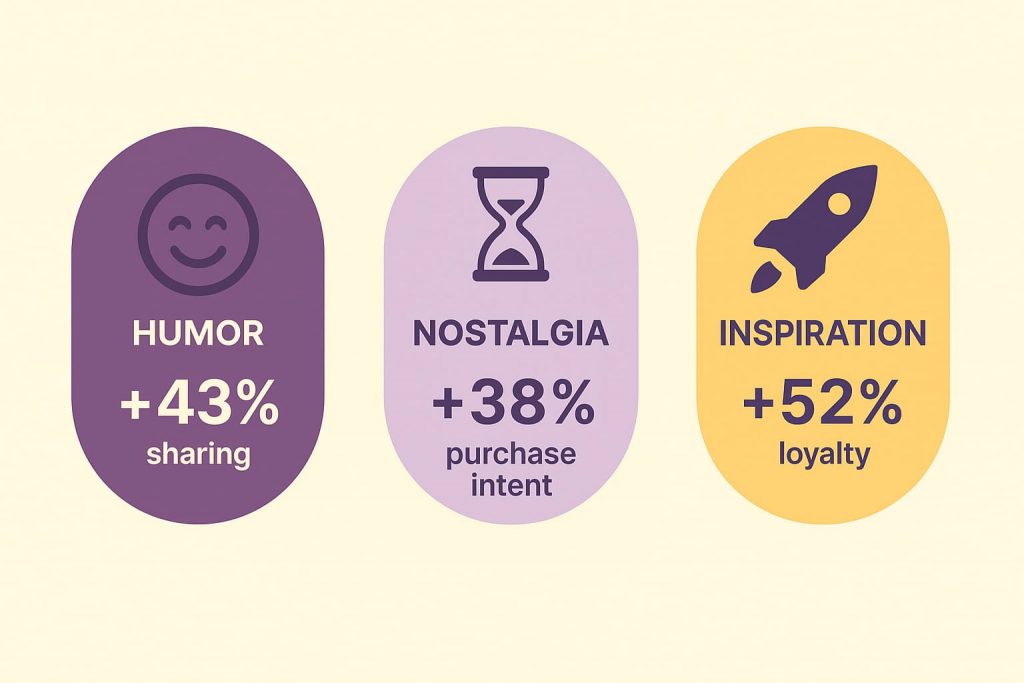
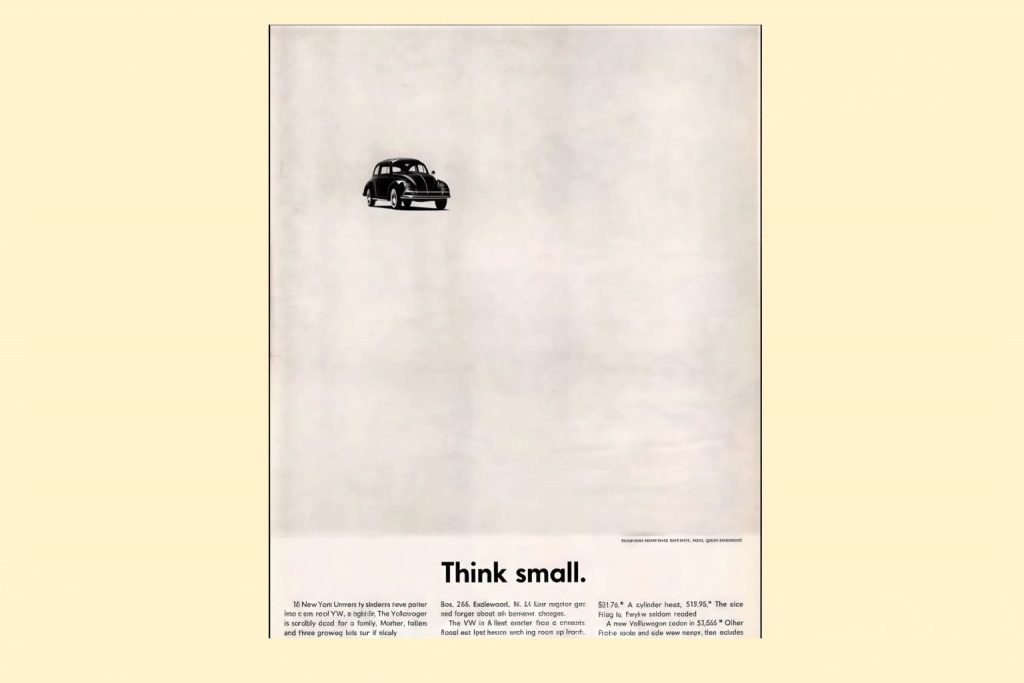
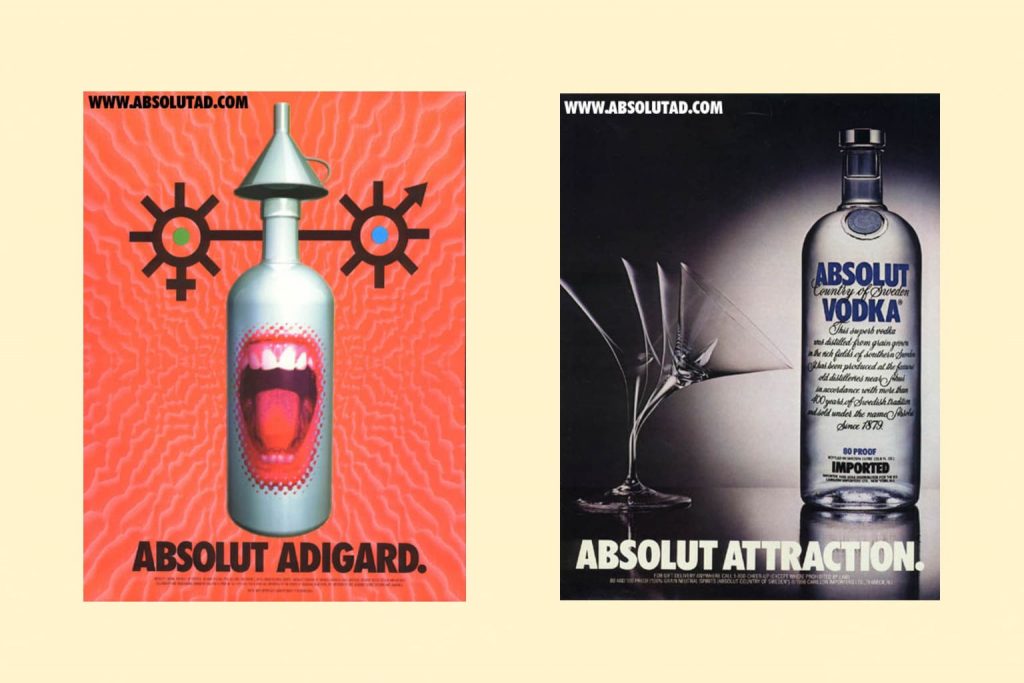
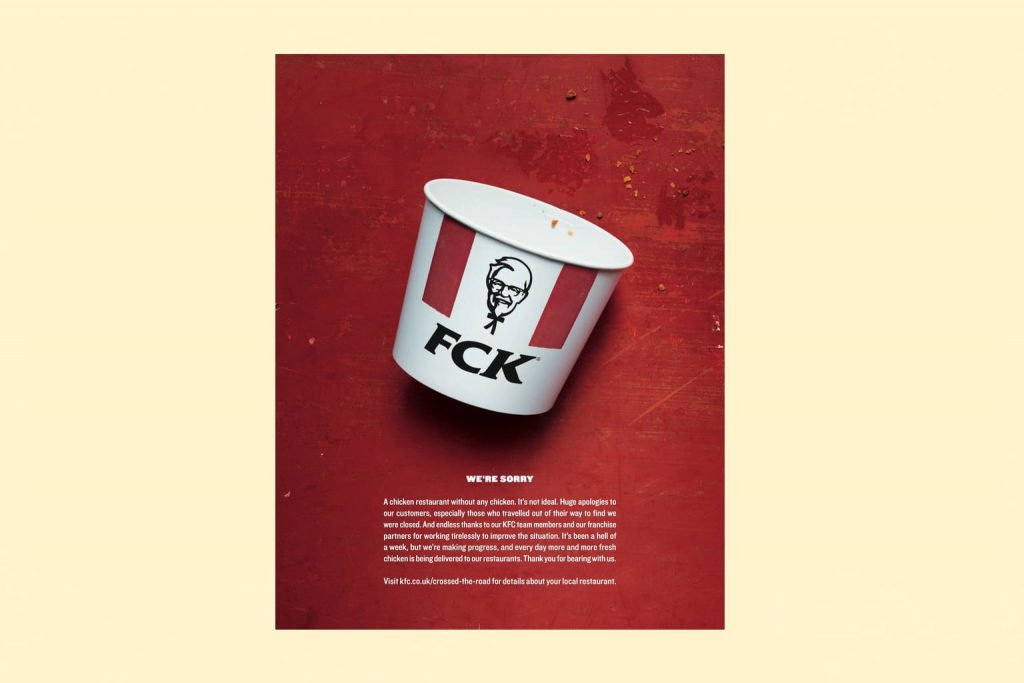
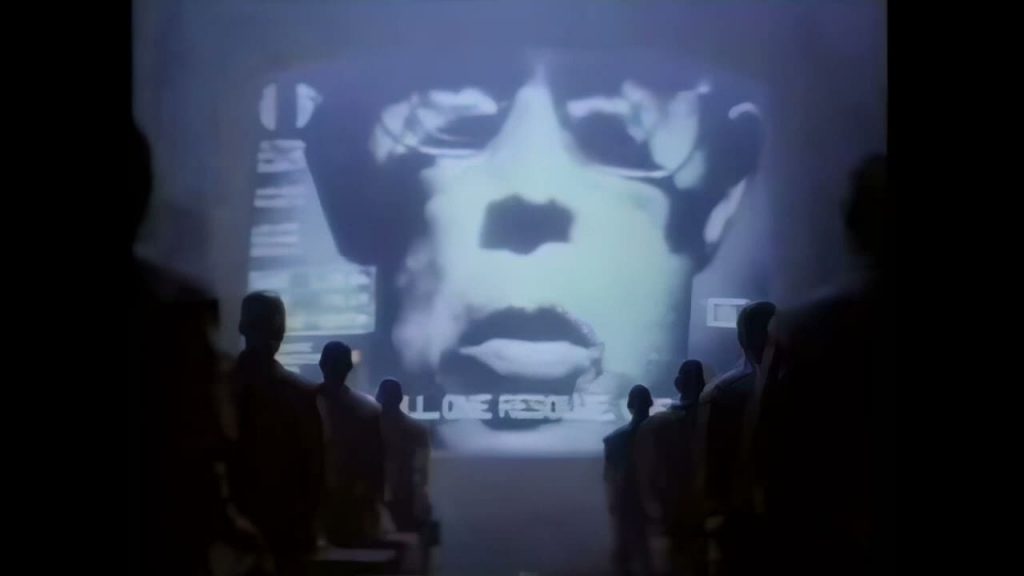
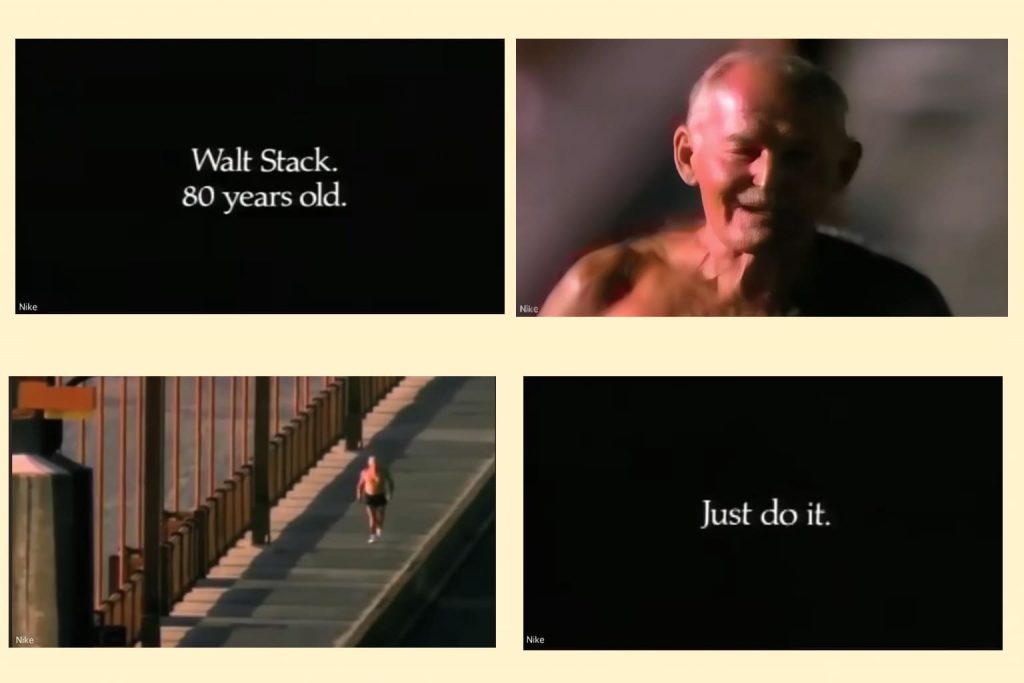
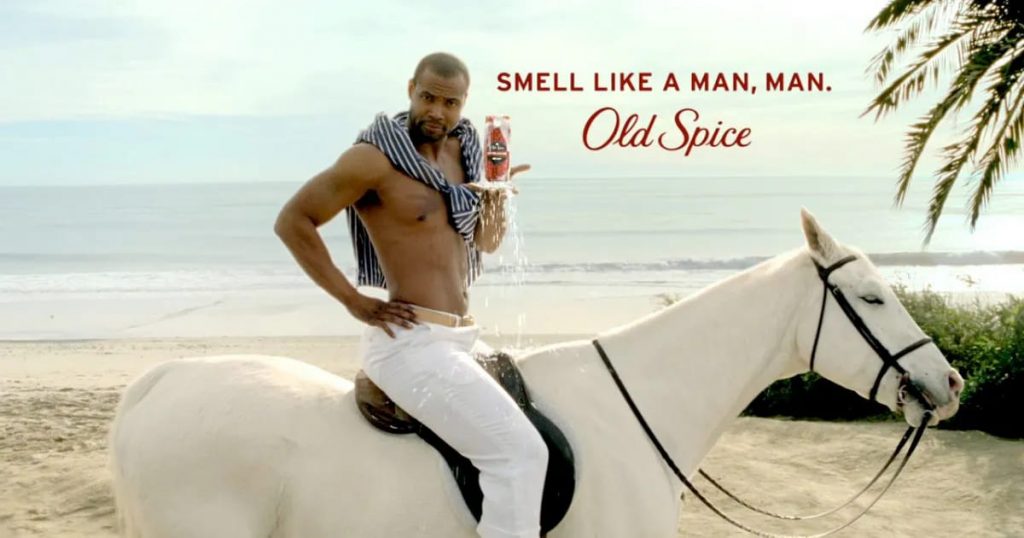
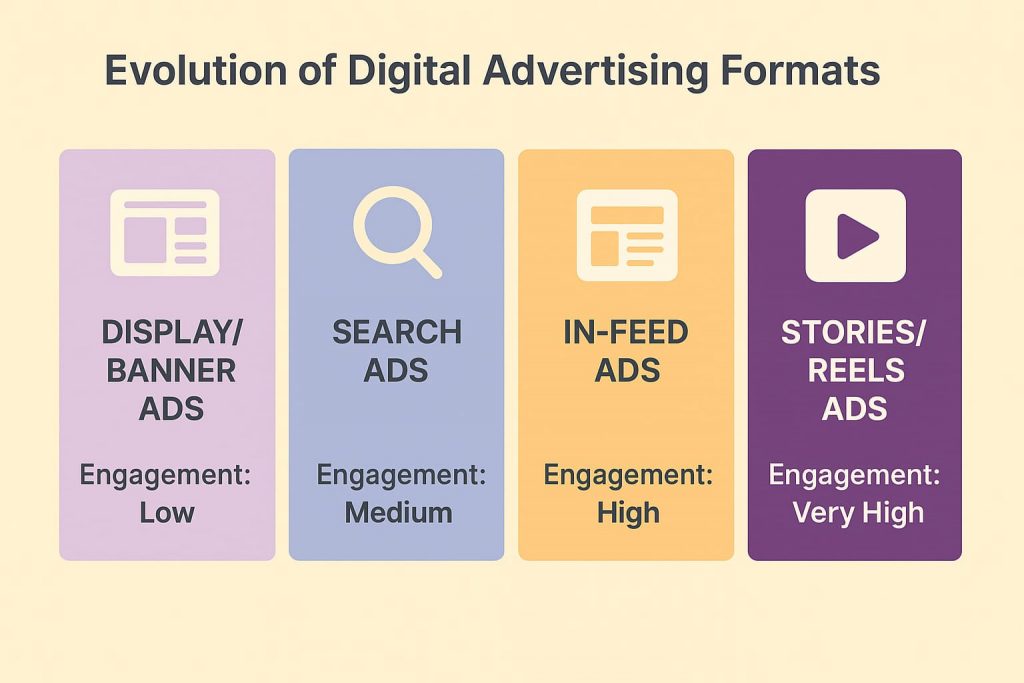
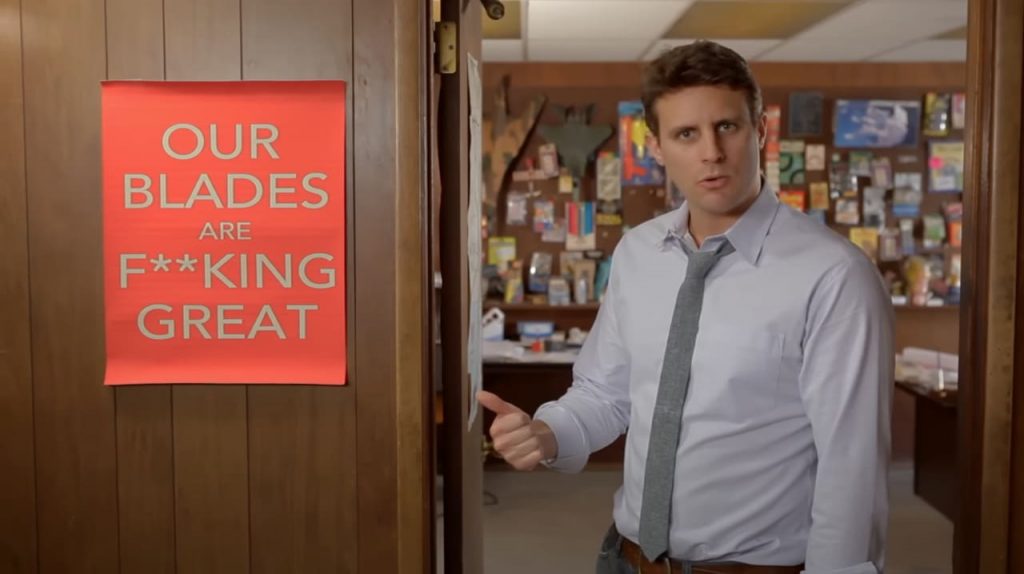
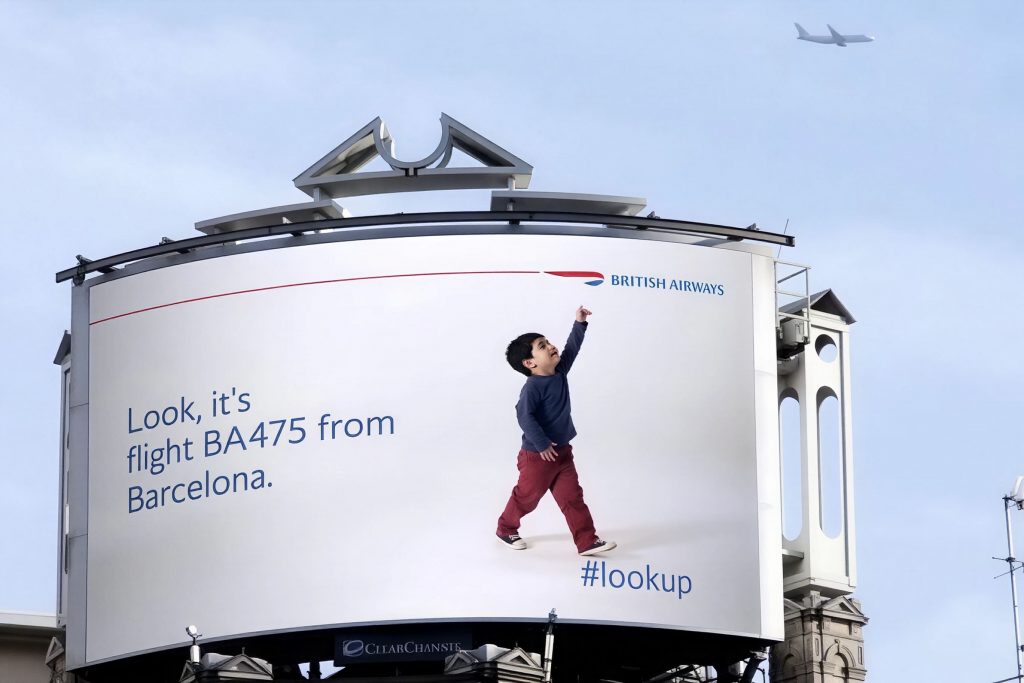

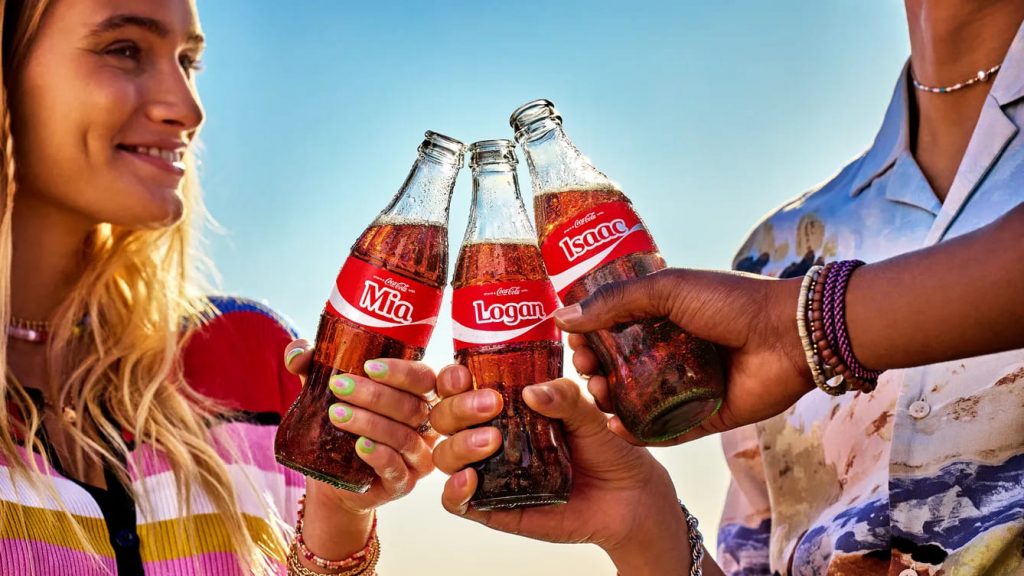
 Share
Share
 X
X
 LinkedIn
LinkedIn





